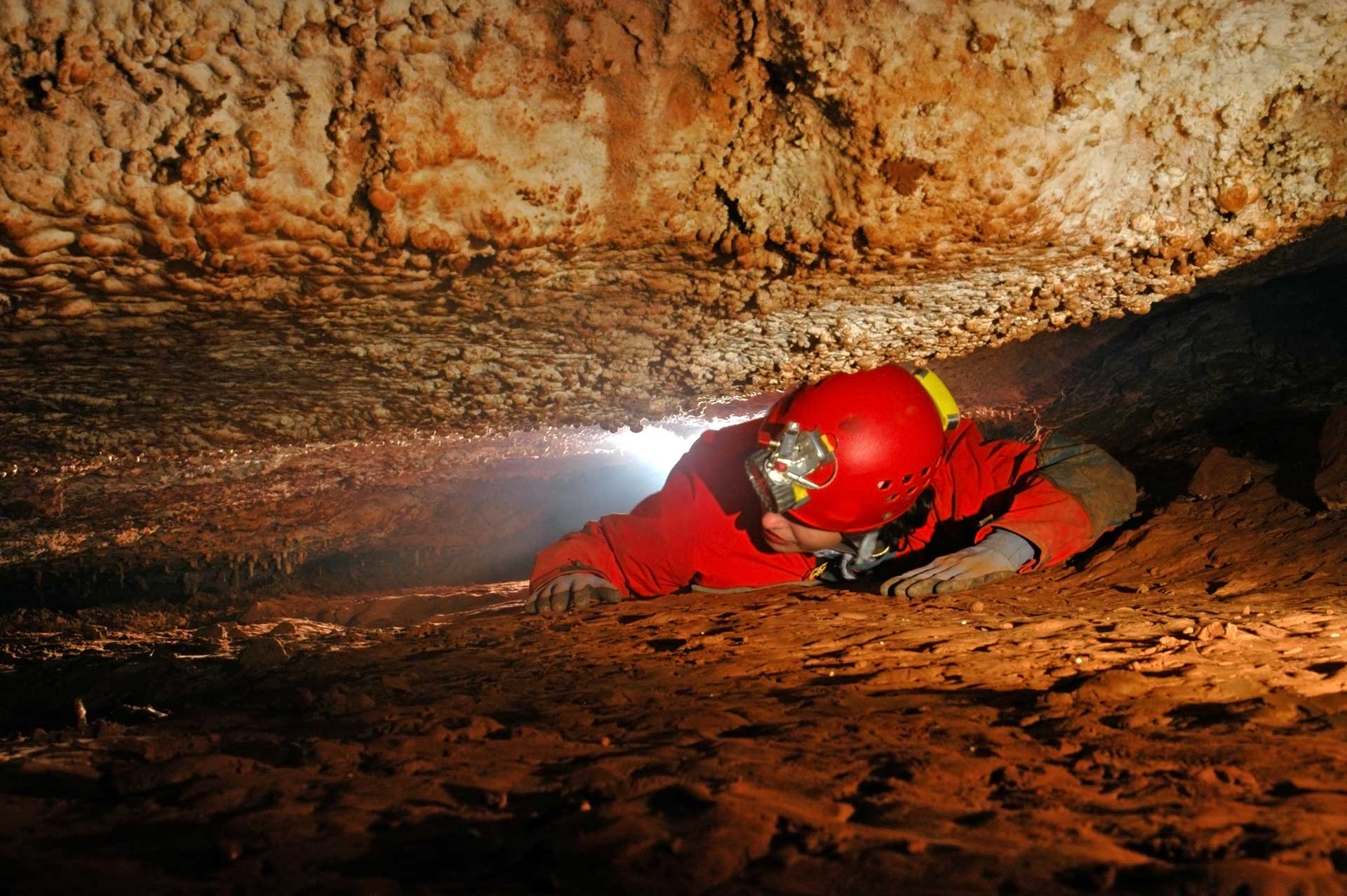If you love the idea of seeing hidden underground worlds, a caving adventure might just be for you. Caving, also known as potholing in the UK and spelunking in the USA, isn’t for everyone but it is – its advocates will tell you – a great way to experience some of the Earth’s stunning geological wonders.
What Is Caving?
Caving, potholing and spelunking are essentially the same thing. In short, it’s an adventurous activity all about exploring underground caves and caverns. From standing upright and walking around big open caverns to crawling through dark and incredibly narrow passages, the course of one caving experience can take you into some very different, and sometimes quite challenging, environments. Depending on where exactly your guide takes you, caving can test you both physically and mentally. Don’t let this put you off though. The activity can, if you’ve got the inclination for it and it’s guided in the correct manner, be a genuinely fun thing to do. You’ll get up and close and personal with the geological history of our planet. What’s not to love about that?
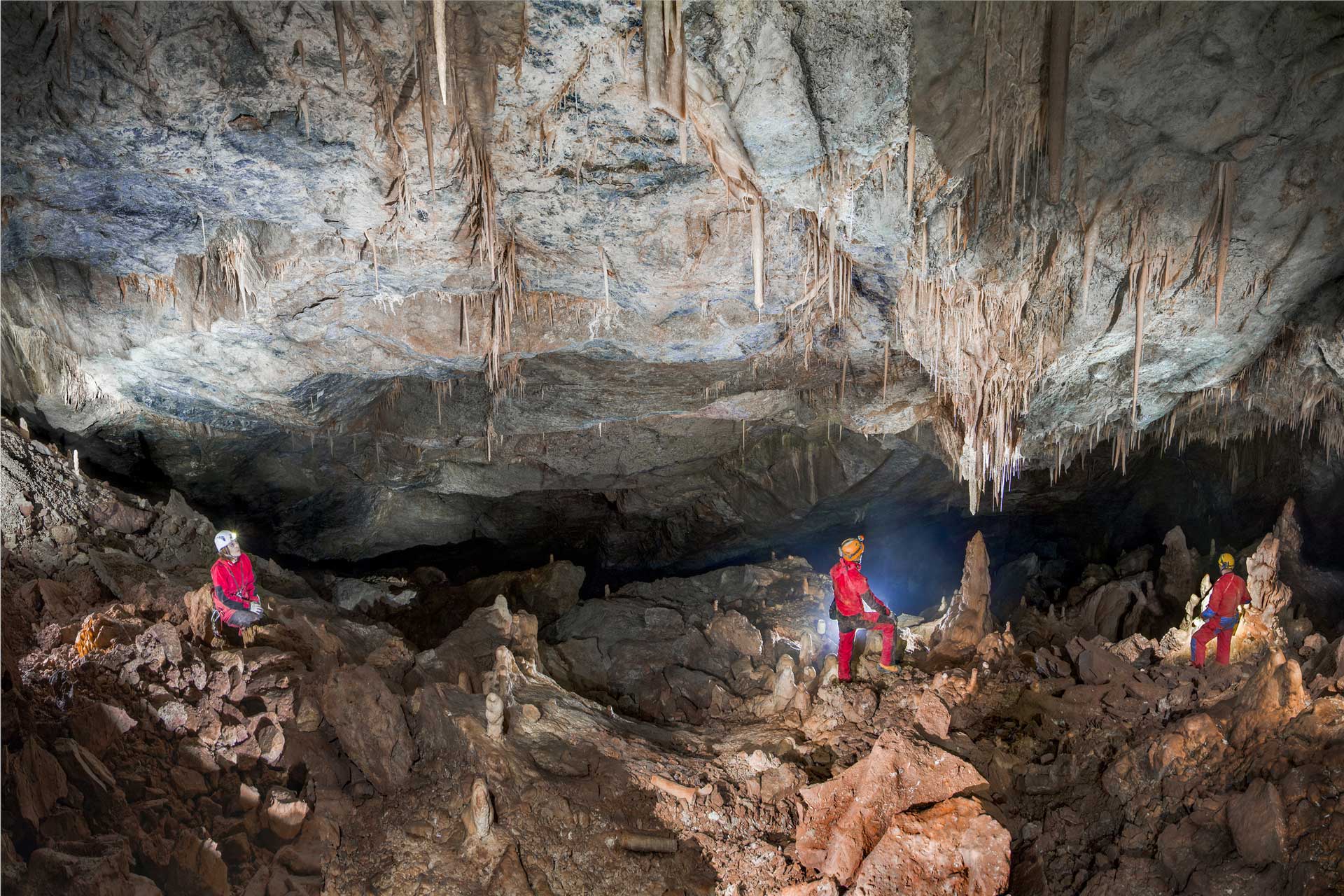
Some Things To Know About Caving
First things first, there isn’t just one type of caving. Sometimes the activity involves exploring manmade caves, that have been mined for their respective resources, sometimes it involves exploring something that’s far more naturally occurring. From popular tourist attractions with entry fees and gift shops to much more off-the-grid caving experiences, well-known and documented by the caving community, there really is a type of caving route to suit everyone.
What Does Caving Involve?
Caving, in its purest form, can involve significant aspects of canyoning, climbing and abseiling within an underground setting. Picture a mixture of the three activities, with some far darker and potentially claustrophobic elements thrown in for good measure, and you’ll be thinking along the right lines.
If you don’t like confined spaces, you should know that some underground caverns can only be reached by squeezing your way through some extremely narrow passages. Contrary to what you might have been told about caving, or what you might have read about it, there’s loads more to the activity than just worming your way through rib-crushing openings though.
From abseiling to climbing up and down iron ladders, to working your across wet rock, caving has far more variety going on than you might have previously considered. While the modes of getting to your goal might vary, the routes will – more often than not – lead you to caverns with stalactites hanging down and underground bodies of water. Your guide, if they’re good, will take you on something of a journey but one where the pay off at the end outweighs, or at least matches, the effort you’ve put in.
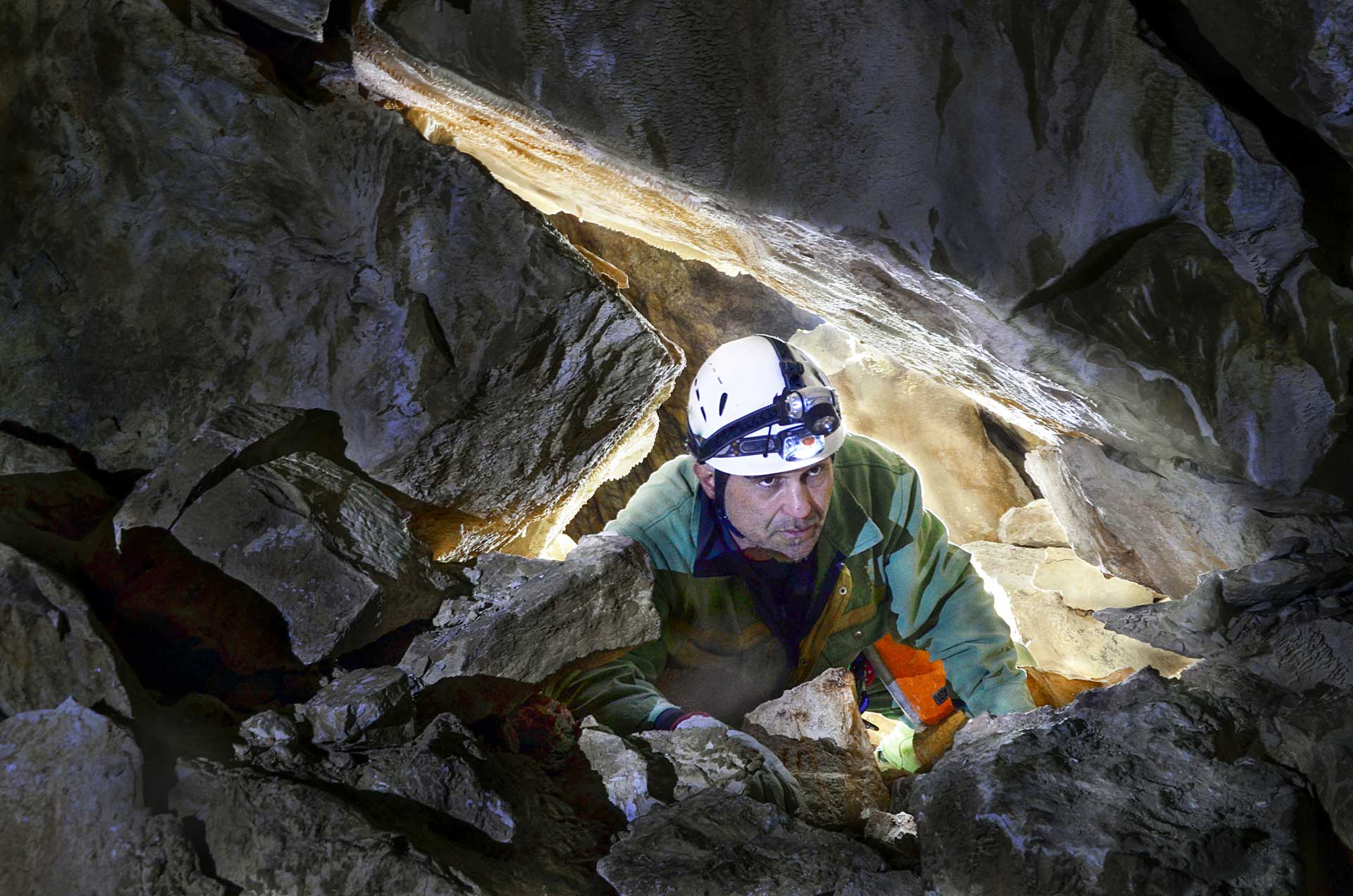
What Should You Wear While Caving?
Of course, the answer to this question varies somewhat depending on where exactly you’re caving. If you’re caving in the UK though, be prepared as most of the caves you’ll be exploring are damp and / or water-filled. This means they can also be pretty cold places, especially if you’re wearing inappropriate clothing. The clothes you wear for your caving experience should keep you warm, dry and comfortable. Also, be sure to have a towel and a complete change of clothes nearby for when you’re done. You’ll almost certainly regret it at the end if you don’t.
Think about your base layer first and work out from there. Wear a good base layer underneath everything else, and you’re on track to be (relatively) comfortable during your caving journey. An all-in-one affair or at the very least a combo, consisting of a base layer top and base layer leggings, is a solid place to start from. You’ll want your caving jacket and trousers to be pretty heavy duty and abrasion-resistant as well; reinforced panels on areas like the knees, backside and elbows are important as these points are most vulnerable to caving wear and tear. Because you’ll probably be getting your body into some awkward positions, a bit of elasticated give in the clothing could be handy as well. Heavy duty PVC all-in-one caving overalls are also popular on the cave-exploring circuit.
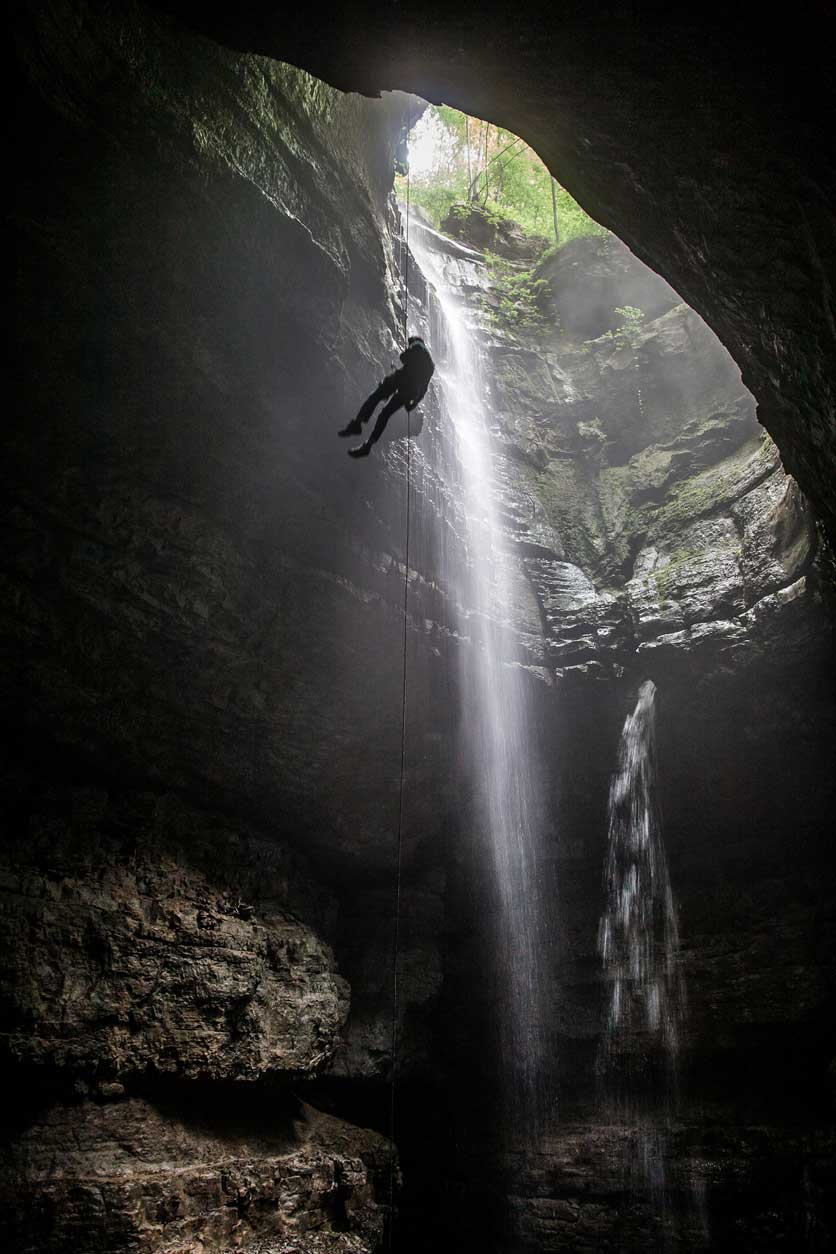
Because caves are very often wet and slippy, you’ll want to wear some rubber wellington boots with a good tread underfoot. Neoprene wet socks would also be a smart choice. Avoid jeans like the plague. They’ll get heavy when wet, won’t dry quickly, and will undoubtedly make your caving experience an uncomfortable one.
Wearing a helmet is important as you will, almost certainly, bump your head at some point. LED helmet torches are an important accessory as, spoiler alert, caves can get pretty dark. Worth taking a back up LED head torch as well, just in case your main one gives up on you.
Expert cavers, with plenty of experience, will sometimes go on extreme caving expeditions that can last several hours. For these kind of trips, they will take additional supplies and potentially even gear that will help them spend the night underground.
It’s worth pointing out here that the tourist-friendly caving attractions will, more often than not, be able to supply most of the kit you’ll need. They will also have websites where topics like required kit will, if it’s a legitimate caving operation, be covered. If you’re unsure about anything, make sure you contact them beforehand as they’ll likely have someone on hand who can answer your gear-related questions.
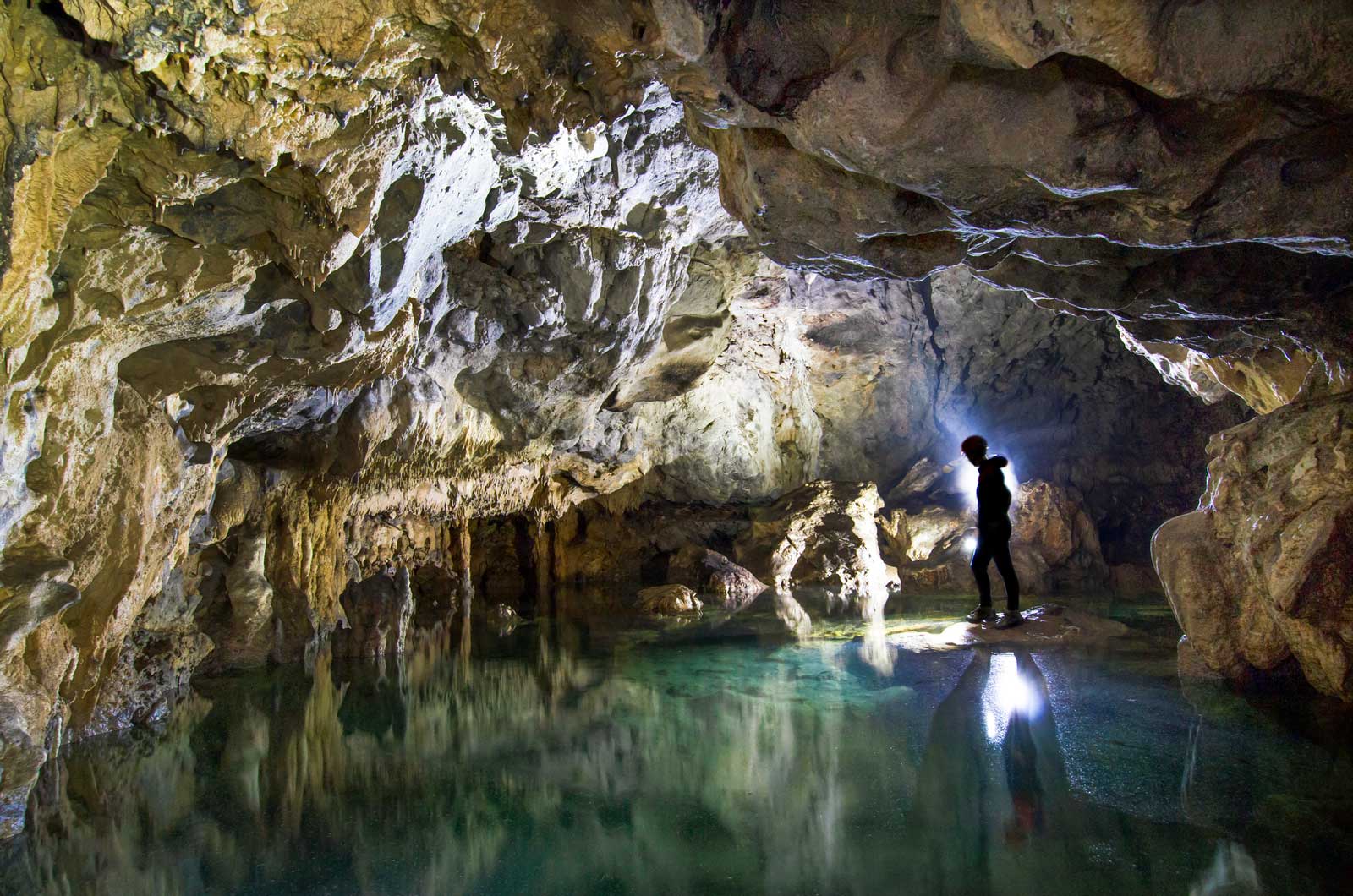
When Is The Best Time To Go Caving?
Caving is pretty much an all-weather activity, meaning you can do it at virtually any time of year. This is because you spend most of your time entirely hidden from the outdoor elements. The only things to flag up here are the importance of water levels, and the knowledge that heavy rainfall can affect this pretty quickly. You should only go caving with someone who knows the caves, and area’s geology well, as they’ll have the best judgement when it comes to keeping you safe.
Where Can You Go Caving?
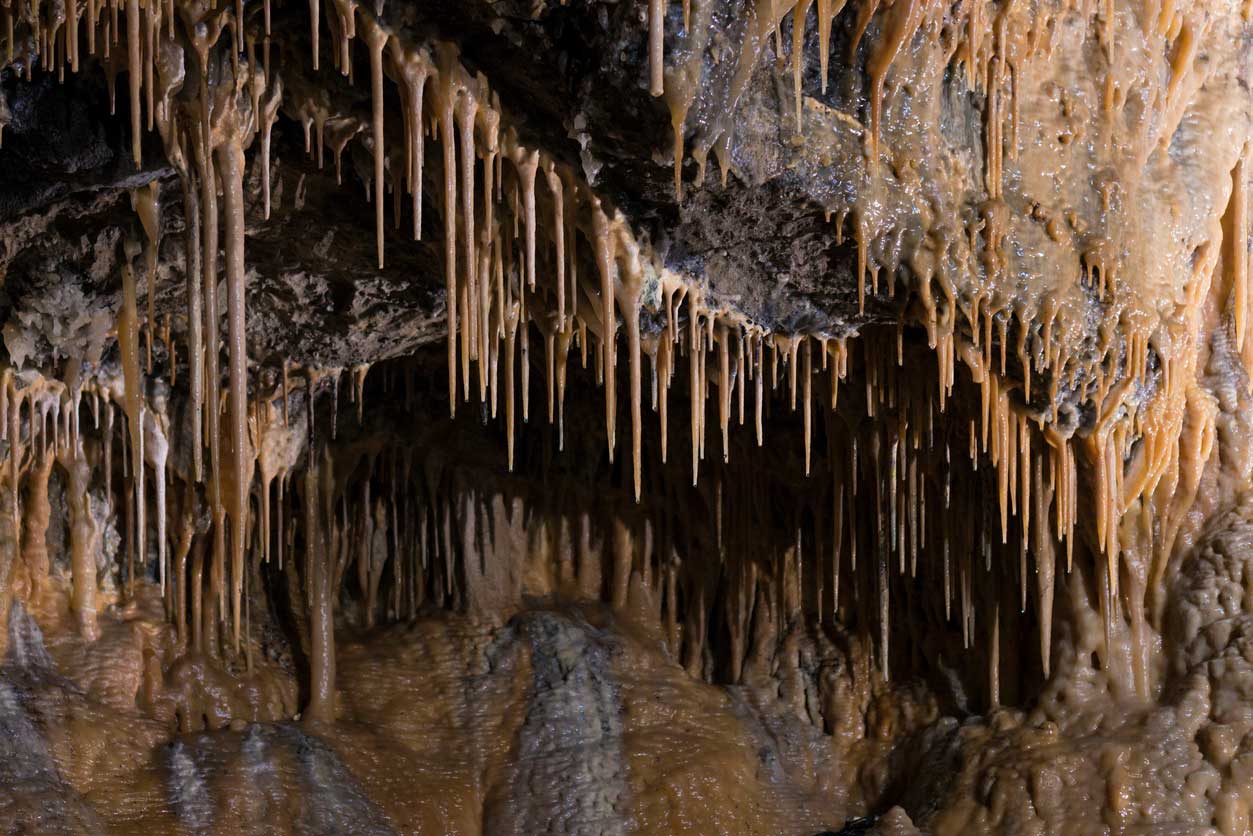
In the UK, limestone rock is the setting for caving. The Peak District has a lot of limestone rock, and is home to some of the best caving in England. Take the Titan Cave System, near Castleton, for example. Titan was only discovered on the 1st of January 1999 and is, at 141.5 metres (464 ft), the deepest known cave in Britain. It’s a space considerably bigger than St Paul’s Cathedral, and is 60 metres taller than the previous record holder Gaping Gill (also known as Gaping Gyhll) in the Yorkshire Dales.
Whatever experience you have of caving, whether you’re a beginner or something of an expert, there’s plenty of caves for you to enjoy in the Peak District. Bagshawe Cavern near Bradwell, for example, is a large natural cave system which was discovered by lead miners back in 1806.
Away from the Peak District, other great areas for caving in the UK include Ogof Fynnon Ddu (which translates as ‘Cave of the Black Spring’) in Swansea, and Goatchurch Cavern in the Mendip Hills. Just down the road from Goatchurch Cavern, you’ll find popular cave-based tourist spot Wookey Hole.
Other caves in the UK worth having on your need-to-explore list include the otherworldly Fingal’s Cave in the Inner Hebrides (Harry Potter fans will definitely recognise it), and Alum Pot near Selside in North Yorkshire. Alum Pot is an 80 metre open shaft; caving experts Lost Earth Adventures can take you on a full day of cave exploring here (for a fee, of course), and are worth reaching out to if you fancy a guided experience somewhere epic.
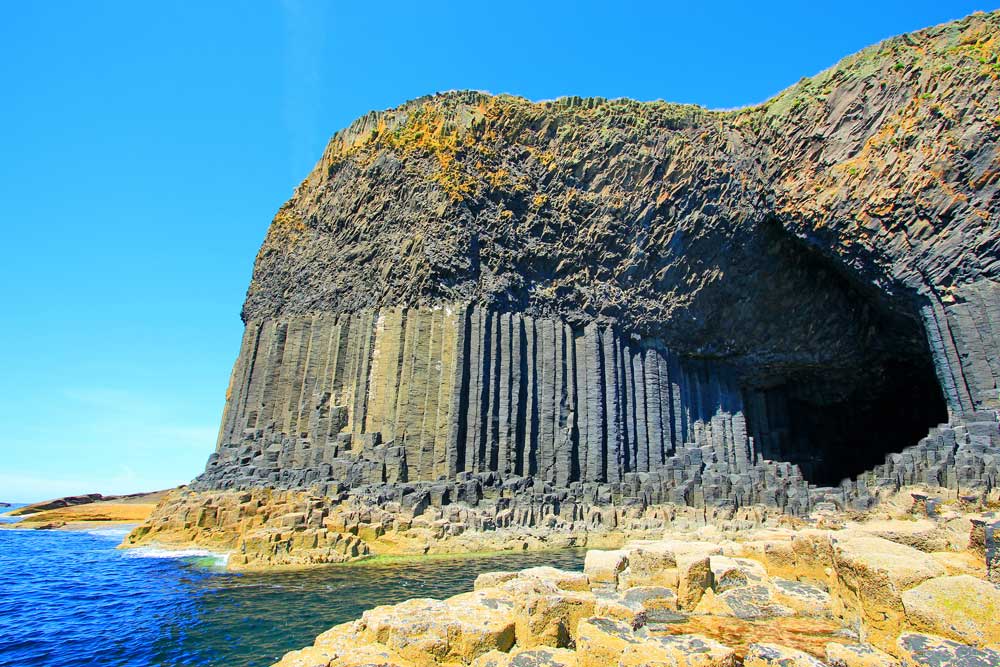
The Safety of Caving
If you’re completely new to caving, you really should head to a staffed cave for your first taste of it. They’ll help ease you into the world of caving. It will also come wrapped in additional layers of health and safety regulations that tourist attractions in the UK tend to adhere to. Alternatively, book yourself on a guided tour or an organised caving experience. This is the best way to learn the dos and don’ts of caving, and will help you to feel more at ease / safer with the more challenging aspects of the activity.
Once you’ve got a taste of caving, and are more comfortable doing it, you can look at joining a caving club who will organise regular group outings. It’s much, much, safer to approach caving in this way than simply giving the activity a quick google and heading off to an unsupervised cave with very little idea what you’re doing, and no support team to help if you get lost or stuck.
Caving, like any adventurous activity, comes with its own unique set of risks. Approaching it safely, however, sits right at the heart of it as a pursuit. Be sure to educate yourself on the art of caving, and go with experienced cavers if you’re new to it. For some more information on safe caving, check out the safety page on the British Caving Association website.
You May Also Like
A Guide To Via Ferrata In The UK
Best Via Ferrata Routes In Europe
Everything You Need To Know About Via Ferrata
Peak District Experiences | Getting Under The Skin Of Our National Parks In New Ways
